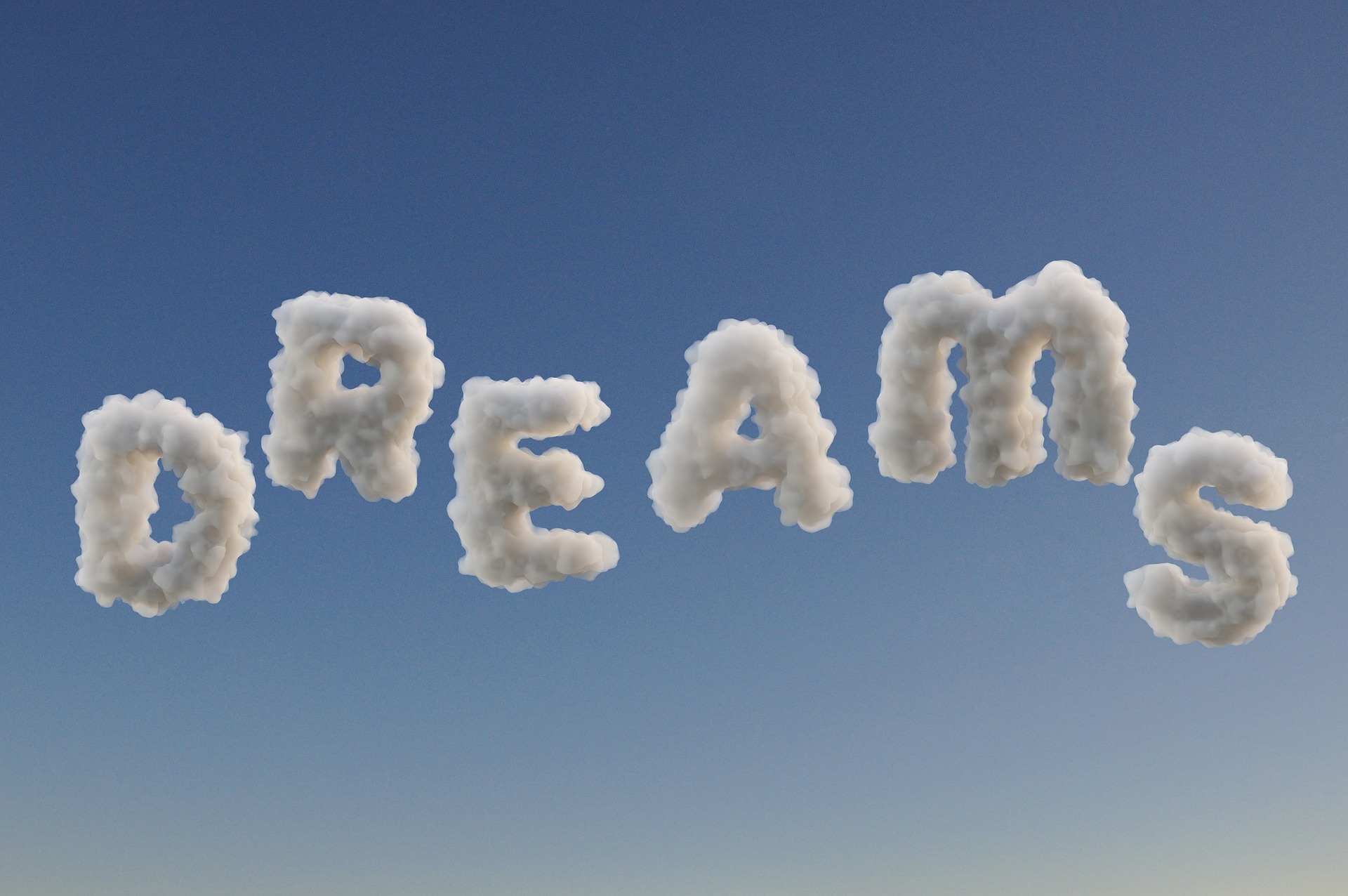Nighttime is, in many ways, a realm of the ethereal. Each night, we bid adieu to our tangible reality and surrender to a world spun from the gossamer threads of our mind. It’s an intimate dance between the subconscious and the imagination, a spectacle of phantasmagorical images that we often dismiss as mere dreams. But what happens when our dreamscape is haunted by an uncanny presence, a spectral figure, or even worse, an evil spirit?
You see, not all dreams are filled with fluffy unicorns and rainbows. There’s a dark underbelly, a shadow realm, if you will, where our fears take shape and our nightmares come to life. But is there more to these harrowing dreams than meets the eye? Are they merely figments of our imagination, or do they give us a peek into the paranormal?
When The Veil Between The Worlds Lifts
Now, I’m not trying to spook you out of your sweet slumber. But let’s dive deeper into this murky, uncharted territory. For centuries, various cultures have held the belief that dreams serve as a bridge between the physical and spiritual worlds. This notion has persisted across the sands of Egypt, where priests interpreted dreams to communicate with the gods, to the chilly nights of the Norse, where seers believed that dreams contained prophecies from the spirits.
For these ancient societies, it wasn’t such a leap to suspect that dreams could also be a playground for the less benevolent spirits, the ones with less-than-friendly intentions. The Celts even had a term for it, the Aisling, which were dreams sent by the ‘Sidhe’, beings often equated with the faeries of folklore. These dreams were often unsettling or threatening, the stuff that would make you wake up in a cold sweat.
Nightmares and Nasty Nooks
The concept of evil spirits invading dreams isn’t just a relic of ancient folklore. It has managed to creep into our modern lexicon as well. Think about the word ‘nightmare’. Sounds pretty sinister, right? It actually harkens back to Old English, where ‘mare’ referred to a goblin or an incubus that sat on people’s chests while they slept, bringing them distressing dreams. Now, that’s a hair-raising etymology lesson for you.
In fact, some scientific theories about nightmares also hint at this. For instance, the Threat Simulation Theory suggests that nightmares help prepare us for real-world dangers. However, this theory doesn’t necessarily take into account the sense of malevolence many people associate with nightmares, the feeling that something ‘evil’ lurks within them. Is it just the mind playing tricks, or is there a spectral hand at work?
Into The Subconscious Abyss
Before you pull the covers over your head and swear off sleep, let’s look at this from another perspective. Sometimes, the most terrifying monsters are not those that lurk in the shadows, but the ones we harbor within our own minds. Swiss psychiatrist Carl Jung certainly thought so.
According to Jung, evil spirits in dreams represent our ‘shadow self’, the aspects of our personality we’d rather not acknowledge or deal with. He believed that these nightmarish figures could be manifestations of our suppressed fears, insecurities, or dark desires. That doesn’t make these dreams any less disturbing, but it might help explain why they feel so intensely personal and real.
In the end, whether we choose to view evil spirits in dreams as supernatural intruders or psychological phenomena is largely a matter of personal belief. What remains certain is that dreams, even the most unsettling ones, are a vital part of the human experience. They remind us that there’s a vast, mysterious realm waiting to be explored every time we close our eyes.
So tonight, as you surrender to the world of dreams, remember to keep an open mind. For, who knows what might be waiting on the other side of consciousness? The shadow self seeking resolution, an ancient entity aiming to communicate, or maybe, just maybe, the nocturnal doodles of an overactive imagination. Sweet dreams!
